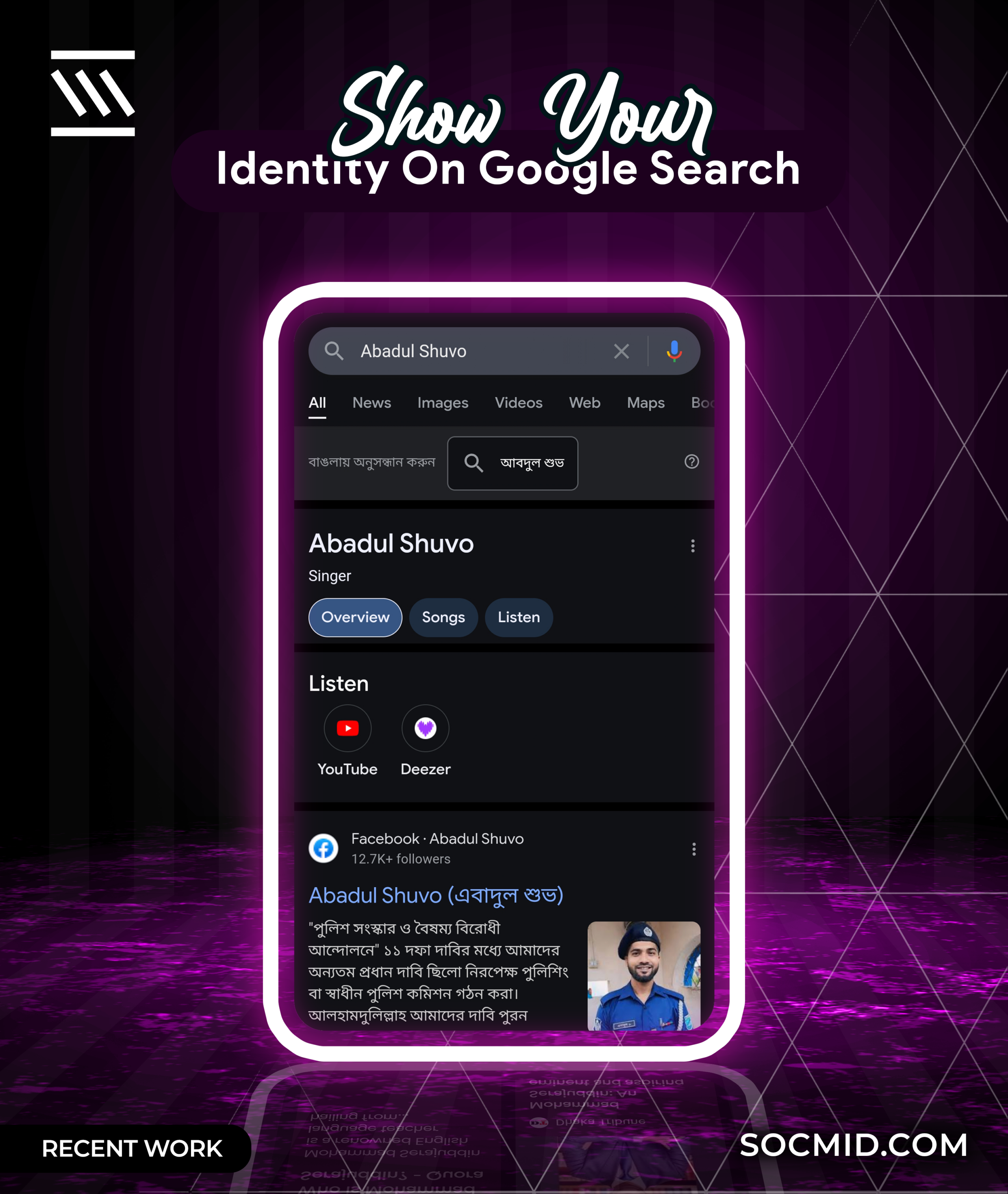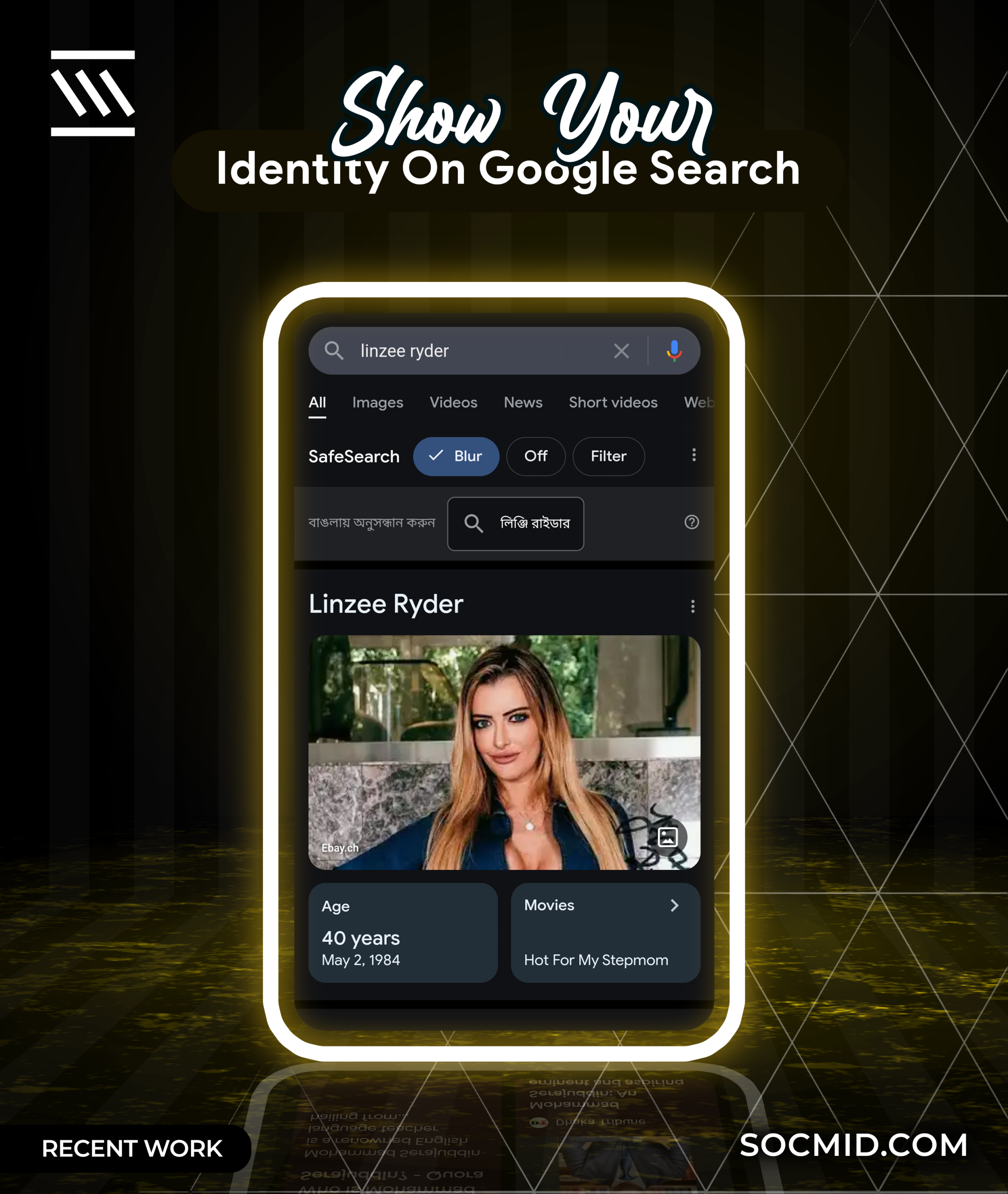In today’s digital age, social media has become an indispensable tool for businesses of all sizes. For small businesses, in particular, social media platforms offer a cost-effective way to reach a vast audience and engage with potential customers. While organic reach can be effective, social media advertising can significantly amplify your efforts, allowing you to target specific demographics, boost brand awareness, and drive conversions.
However, for many small businesses, the thought of investing in advertising can be daunting. With limited budgets and resources, it’s easy to feel overwhelmed by the complexities of social media advertising. But fear not! There are plenty of strategies and tactics that small businesses can employ to run successful ad campaigns without breaking the bank.
This guide will delve into the world of social media advertising, offering practical tips and insights to help you maximize your reach and achieve your marketing goals on a budget.
1. Define Your Goals and Target Audience
Before diving into any advertising campaign, it’s crucial to have a clear understanding of what you want to achieve. Are you looking to increase brand awareness, drive website traffic, generate leads, or boost sales? Once you’ve defined your goals, identify your target audience. Who are you trying to reach? What are their interests, demographics, and online behaviors? This information will help you tailor your ads and target them to the right people.
2. Choose the Right Platform
Not all social media platforms are created equal. Each platform has its unique strengths and weaknesses, and the effectiveness of your ads will depend on where you place them. For instance, Facebook is great for reaching a broad audience, while Instagram is ideal for visually appealing brands. LinkedIn is a powerful platform for B2B marketing, while Twitter is best for real-time conversations and engagement. Choose the platforms that align with your target audience and marketing goals.
3. Craft Compelling Ad Creatives
Your ad creative is the first thing that potential customers will see, so it needs to be eye-catching, engaging, and relevant. Use high-quality images or videos, write concise and persuasive copy, and include a clear call to action. A/B testing different creatives can help you identify what resonates best with your audience.
4. Target Your Ads Strategically
One of the most significant advantages of social media advertising is the ability to target your ads to specific demographics, interests, and behaviors. Use the targeting options available on each platform to narrow down your audience and ensure that your ads are seen by the people who are most likely to be interested in your products or services.
5. Leverage Remarketing
Remarketing, also known as retargeting, is a powerful technique that allows you to show ads to people who have previously interacted with your website or social media pages. This is a great way to re-engage potential customers who may have shown interest in your brand but didn’t make a purchase.
6. Utilize User-Generated Content (UGC)
UGC is a goldmine for social media marketers. It’s authentic, relatable, and often more effective than branded content. Encourage your customers to share photos or videos of themselves using your products, and then repurpose this content in your ads. UGC can significantly boost your brand’s credibility and social proof.
7. Experiment with Different Ad Formats
Each social media platform offers a variety of ad formats, such as image ads, video ads, carousel ads, and stories ads. Experiment with different formats to see what works best for your brand and audience.
8. Monitor and Optimize Your Campaigns
Social media advertising is not a set-it-and-forget-it strategy. It requires ongoing monitoring and optimization to ensure that your ads are performing well. Keep an eye on your metrics, such as impressions, clicks, and conversions, and adjust your campaigns as needed.
9. Stay Up-to-Date with Trends
The social media landscape is constantly evolving, with new features, algorithms, and trends emerging all the time. Stay informed about the latest developments and adapt your advertising strategies accordingly. This could involve experimenting with new ad formats, targeting options, or creative approaches.
10. Partner with a Social Media Marketing Agency
If you’re feeling overwhelmed or lack the expertise to manage your social media advertising campaigns, consider partnering with a social media marketing agency. These agencies can help you develop and execute effective advertising strategies, saving you time and resources.
By following these tips and best practices, small businesses can harness the power of social media advertising to reach their target audience, boost brand awareness, and drive conversions. Remember, the key is to start small, experiment, and learn what works best for your brand. With a little creativity and perseverance, you can achieve significant results with social media advertising, even on a limited budget.






